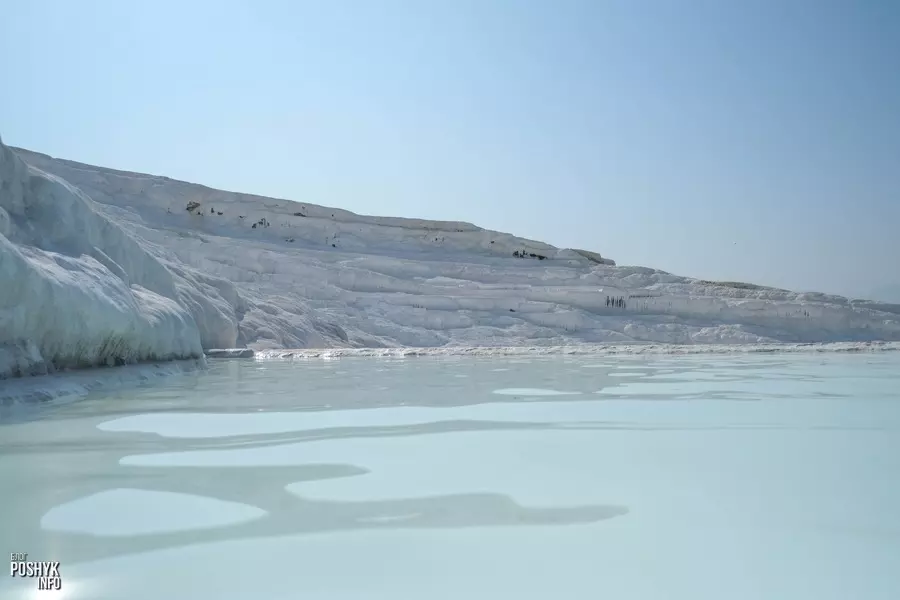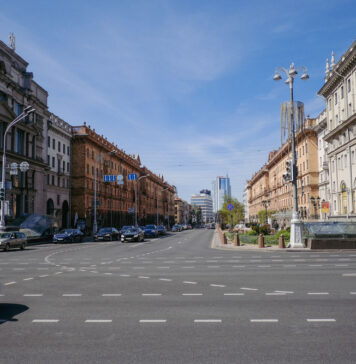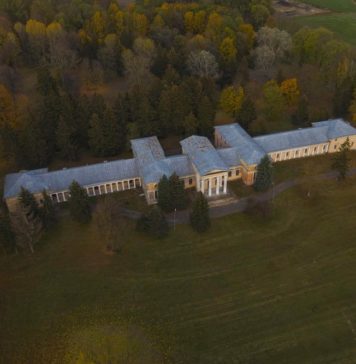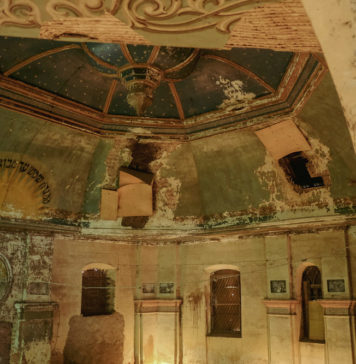When many think of Turkey, they often associate it with all-inclusive resorts and lazy vacations. However, this is a fundamental misconception. Turkey is home to numerous unique and extraordinary attractions, one of which is Pamukkale, a true natural wonder. This article is my review of visiting Pamukkale this year, including useful information about its history, how to get there, and excursion options.

Introductory Part for Those Planning a Visit
The name “Pamukkale” translates to “cotton castle,” referencing its stunning white terraces, which are the primary attraction. There are around 12 mineral springs here, making Pamukkale a renowned healing resort. The complex is a UNESCO World Heritage Site and includes not just the water terraces but also the ruins of the ancient city of Hierapolis and Cleopatra’s Pool (which I’ll discuss later in this review).

Most tourists visit as part of organized tours, but Pamukkale is also accessible independently. Information on costs will be provided at the end of this text.

History of Pamukkale
The springs were discovered by the Greeks thousands of years ago. In the 2nd century BCE, the city of Hierapolis was built here. In the 7th century CE, an earthquake created a pool filled with artesian water, now known as Cleopatra’s Pool. The temperature of the springs ranges from +35°C to +100°C, creating the iconic white terraces.

As water flows from the earth, it runs along artificial channels into the valley. Calcium carbonate settles on the ground, hardening over time and giving the area its white color. The mountains, from a distance, appear snow-covered, but it’s the mineral deposits that create this effect.

Some springs are closed to tourists as the water dries out, causing the terraces to turn gray over time. Visitors can access only 3–4 of the water-filled terraces, while the others are drained.

The depth of each spring is less than 1 meter, and tradition holds that their waters can cure various ailments. Over the year, the springs change color, appearing either transparent or bright blue.

Travertine and Its Unique Properties
Travertine, a dense rock often used in interior design, forms the main part of the mountain range in Pamukkale. While travertine is typically beige, here it is white due to the high mineral content.

Closer to the springs, the rock feels wet and resembles gypsum. However, the minerals make it very dense and resistant. Visitors are required to walk barefoot to protect the formations, and this rule is strictly enforced. In winter, the rock is cold underfoot, while in summer, it remains cool—a welcome relief in the heat.


Although the terraces were formed naturally, human intervention has slightly modified the area with the addition of wooden bridges and exotic plants. Visitors can explore the site independently or with a guide.
Tips for Visitors
Most tours drop visitors at the upper bus stop, requiring them to descend the terraces first. This has several downsides:
- The path is slippery due to water flow.
- Crowds at the top make it difficult to take good photos.
- Visitors must descend and then climb back up.
My group was dropped at the bottom, allowing us to climb at our own pace and take uncrowded photos. Pamukkale has excellent tourist infrastructure, including cafes, souvenir shops, changing rooms, toilets, and parking areas.


Cleopatra’s Pool
The water in Cleopatra’s Pool is believed to have therapeutic properties, benefiting those with respiratory, digestive, and cardiovascular issues. It is also said to have rejuvenating effects, leaving the skin soft and smooth.

Key Details
- Tickets are sold separately (around 100 lira per person during my visit).
- Be cautious as there are ruins at the bottom of the pool.
- The water temperature is about 35°C and is carbonated, producing bubbling gas.
- Locker rooms are included in the ticket price, but bring your own towels.
- Electronic devices are not allowed in the pool.

The pool was originally known as the Roman Pool but was renamed in the 1990s to Cleopatra’s Pool for marketing purposes. According to legend, Cleopatra herself bathed here, though this is likely a myth.

Ruins of Hierapolis
Another fascinating part of Pamukkale is the ancient city of Hierapolis, which many tourists overlook. The ruins cover a vast area and include:
- Roman Theater: A must-visit spot offering spectacular views.
- Archaeological Museum: Showcasing artifacts discovered during excavations.

The city’s history spans from its Greek founding to its significance in Roman times and later as a Christian center. The earthquake that shaped the resort also caused significant destruction.


Getting to Pamukkale
Pamukkale is located in Denizli Province in western Turkey, near the Taurus Mountains.
From Antalya
- Distance: 238 km by car (about 3 hours).
- Buses to Denizli run every 1–2 hours (4-hour journey).

From Istanbul
- Distance: 653 km by car (about 11 hours).
- Flights to Denizli take around an hour, with regular bus connections to Pamukkale.
From Ankara
- Distance: 484 km (6 hours by car, 7–10 hours by bus or train).

Discover the captivating beauty of Pamukkale, Turkey’s “cotton castle,” renowned for its white travertine terraces, therapeutic springs, and ancient ruins of Hierapolis. This comprehensive guide offers insights into the history, highlights like Cleopatra’s Pool, practical tips for visiting, and travel options to make your trip unforgettable. Dive into this UNESCO World Heritage Site and experience its natural and historical wonders.






